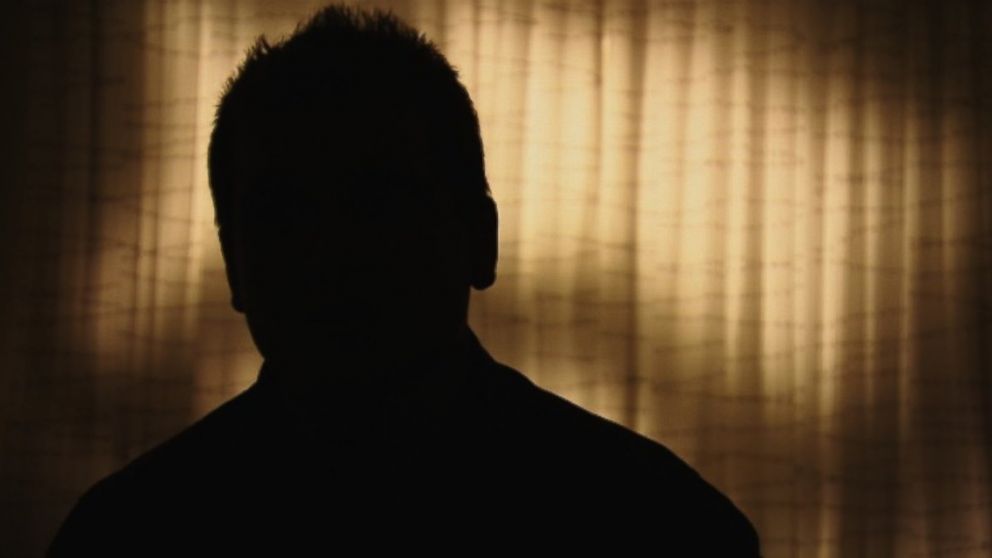Two Thwarted School Shooters Talk About Moving On After Being Accused
Russell Frantom was just 16 years old when he began talking online about a plan.
— -- Russell Frantom was just 16 years old when he began talking online about a plan to attack his Indiana high school.
He had been chatting in an online group that was sympathetic to the two Columbine killers, Eric Harris and Dylan Klebold, and said he ended up talking with a man in Ohio he had never met. They discussed launching an attack on Sept. 11, 2008.
“The conversations lasted roughly for a week and it was enough for law enforcement to get involved,” said Frantom, now 24. “Which, I don’t blame them and I’m happy that they did.”
At the time, Frantom said he was struggling with depression and feelings of hopelessness. Searching for acceptance, he had eventually found his way into these dark, sinister online groups that supported the Columbine shooters.
“At the time I connected with these people because they seemed as hopeless and strange as I did,” he said. “I found acceptance in it because I was a depressed teenager and I didn’t have any other outlets to look through, so I found an outlet through negativity.”
After Columbine: Experts Offer Tips for How to Talk to a Troubled Child
Resources for Suicide Prevention, Mental Illness Concerns, Helping Parents Cope
FULL COVERAGE: Diane Sawyer's Exclusive with Sue Klebold
Over time, Frantom said he became more vocal, and ended up posting comment on a webpage for his school that caught the attention of a school resource officer.
“I posted something showing support of the Columbine shooters and how I wished it would happen at the school I was attending,” Frantom said.
He said he was called into the principal’s office where he was confronted and eventually law enforcement got involved. Frantom said he felt “relieved.”
“I’m very grateful that the resource officer was able to intervene and stop it,” he said. “I think that I set myself up to be caught in the first place. … I think maybe I finally felt free.”
An ABC News investigation found that there have been 65 cases in which school shooters and thwarted school shooters have referenced Columbine as motivation for their attacks.
Frantom pleaded guilty to a juvenile count of conspiracy to commit mass murder and served almost two years in a juvenile detention facility. Looking back on what he went through, he said he feels “lucky.”
“I made it out and it could have been so much worse for me,” Frantom said. “There’s always a way out. That’s the lesson that I’ve learned, and that’s why I am in a way grateful for the route that I’ve gone down.”
Another person, who ABC News has agreed not to identify, was also a teenager when he was accused of plotting to attack a high school. Fellow classmates turned him in and law enforcement got involved. Since then, he has tried to move on.
“I started over in a new town,” he said. “I went to college, I started a career, I met my wife, I had kids.”

To other kids who might be having similar thoughts, he said, “for the love of God, reach out and talk to someone. It could be your parents, it could be the school guidance counselor,” and he said parents should know that “kids need to be able to talk to you. They need to be able to be open and honest with you.”
He said it’s important to speak up, “no matter how small it is, to maybe help even one person who went through something similar to what I was going through.”
The U.S. Secret Service and the U.S. Department of Education records show that in 81 percent of school shooting cases, at least one person had information that the attacker was thinking about or planning the shooting.




